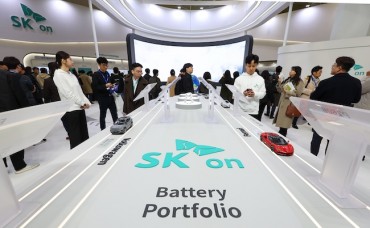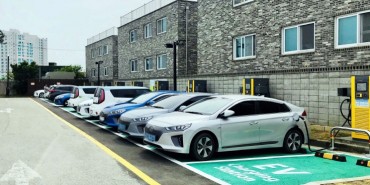
South Korea is on the brink of becoming an aged society, with the share of senior citizens reaching 13.1 percent of the country’s 50.62 million population last year. A country is defined as an “aged society” if more than 14 percent of the population are 65 or older. (image: KobizMedia/ Korea Bizwire)
SEOUL, June 21 (Korea Bizwire) – Nine in 10 South Korean seniors are expected to live on the state pension in 2060, when the country’s national pension fund is estimated to dry up, a report said Tuesday.
According to the report by the National Pension Research Institute, 91.3 percent of 17.62 million South Koreans aged 65 and older are projected to receive various state pensions in 2060.
Last year, 36.4 percent of 6.78 million senior South Koreans received state pensions, but the ratio will likely soar to 41 percent in 2020, 50.2 percent in 2030, 65.1 percent in 2040 and 80.6 percent in 2050, due to the country’s rapid population aging and the further growth of the state pension system, it said.
South Korea is on the brink of becoming an aged society, with the share of senior citizens reaching 13.1 percent of the country’s 50.62 million population last year. A country is defined as an “aged society” if more than 14 percent of the population are 65 or older.
As of March, the National Pension Service (NPS) had 524 trillion won (US$452 billion) in assets, which are predicted to peak at 2,561 trillion won in 2043. The amount is forecast to begin to decline the next year and be completely depleted in 2060.
Experts pointed out that the NPS should jack up pension premiums in stages in order to reduce the financial burden of future generations. Currently, the national pension’s premium rate stands at 9 percent, which has been unchanged since 1998.
Several attempts to raise the rate have failed as politicians have been reluctant to do so out of concerns over a public backlash. Instead, they have cut the so-called income replacement ratio to 40 percent from the original 70 percent. The ratio is the percentage of a worker’s preretirement income that is paid out by a pension program upon retirement.
South Korea introduced the state pension program in 1988 to guarantee income for the elderly after retirement and to provide coverage for disabilities and surviving family members.
According to the institute’s latest estimate, the number of state pensioners is expected to reach 21.77 million this year, up from 21.56 million at the end of 2015, but it will likely start to drop in 2017 due to the country’s falling birthrate. The figure is likely to decline further to 21.22 million in 2020. As of end-May, South Korea’s population came to 51.6 million.
South Korea has one of the lowest birthrates among major economies. The number of babies that a woman is projected to have during her lifetime was 1.24 in 2014, well below the level of 1.8 percent needed to sustain the current population.
(Yonhap)






